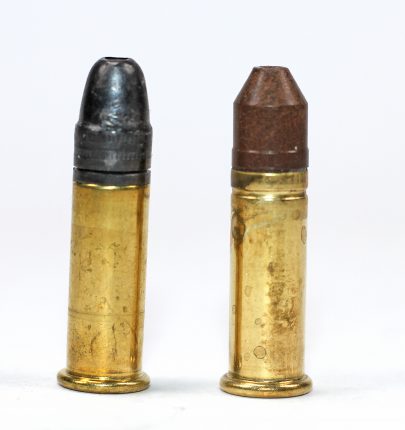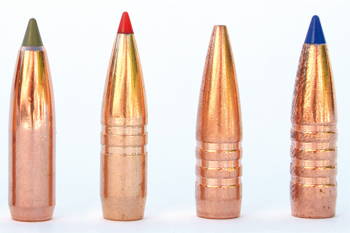Lead shot is being phased out
There is a growing push towards lead-free bullets. But what are the pros and cons of lead-free bullets?
These are the advantages and disadvantages as I see them and of copper bullets. There are serious considerations for both but lead shot is, of course, being phased out over a five-year period. So stalkers need to think ahead and be prepared for the changes that are coming.
Advantages of lead-free bullets
- Far easier to shoot accurately
- Dump energy inside quarry
- Most guns shoot them well
- Dependable terminal performance
- Excellent choice of weights and styles
Advantages of copper bullets
- Less meat damage
- Good penetration for large species such as boar
- No lead
Disadvantages of lead bullets
So what are the cons of lead-free bullets?
- Possible lead contamination
- Possibly more meat damage

The conventional hollow point lead bullet fired by the .22 rifle has a tendency to ricochet if it hits a flint or stone
Disadvantages of copper bullets
- Expensive
- Over-penetration on British species, drop weight by 25%
- Over-pressure with bullets without pressure rings
- Some kinetic energy lost outside the quarry
- Limited choice
- Stability issues and compatibility in some rifles
Remember
When using copper bullets, regardless of calibre, you need a good, absorbent backdrop. Unlike lead, which expands and fragments on impact, copper doesn’t. It travels through the animal and needs something to catch it.
Reaction to shot is very different from lead. In a typical heart/lung shot with a .270 lead round on a stag broadside, he will leap at the shot. The leg of the shot shoulder will drop, his head will tilt and he will run forward, usually with the shot leg dangling, before pitching forward on to the ground.






